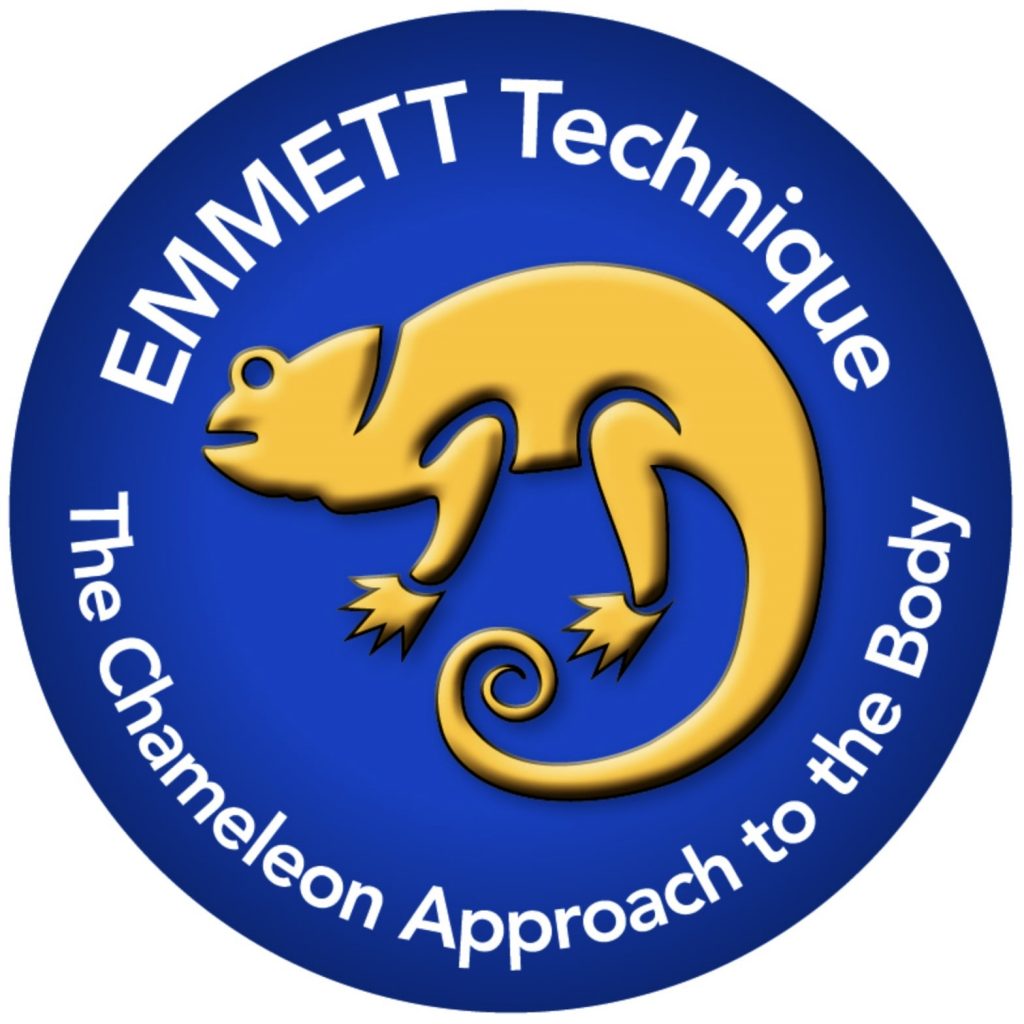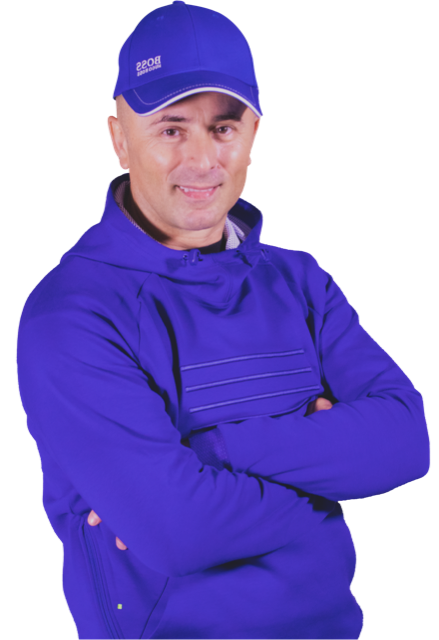What is the Emmett technique?
The Emmett Technique is a light-touch therapy that teaches the brain to reevaluate and adjust. In this video, Ross Emmett, founder of the Emmett technique, explains how it works.
Have you ever wished you had a way to instantly release and correct your hot spots, such as psoas imbalance, piriformis tension, tight hamstrings, forearm/grip problems, shoulder restrictions, and neck rotation? A system of simple assessments and corrections that can be performed lying, sitting, or standing? Or perhaps a way to promote an improved mental attitude and aid injury recovery?
The Origins and Main Features of the Emmett Technique
Australian therapist Ross Emmett is the originator of the Emmett Technique. This muscle-release therapy works as a stand-alone therapy alongside all other known bodywork systems, greatly enhancing their effectiveness. Although initially developed while working with animals, Ross adapted his treatments to assist ranchers in the Outback, who needed immediate and lasting relief when they travelled hundreds of kilometres to see him.
The therapy’s main features are its ability to offer a fast, lasting solution for alleviating pain and discomfort, and its ease of integration into a practitioner’s existing therapy. Exceptional language skills support the physical aspects of the treatment, encouraging the client to recognise and promote change.

Current Practice and Client Experience
These days, working from his clinic in Townsville, Queensland, Ross maintains valuable working relationships with many other healthcare professionals, including doctors, surgeons, physiotherapists, naturopaths and other complementary therapists. His wide acceptance of his work and technique means that he and his colleagues enjoy a mutual referral system based on respect for each person’s expertise. Clients receive the best possible treatment, with health professionals collaborating in their best interest. The demand for his methods and knowledge has led to him teaching all over Australia, New Zealand, Asia and Europe, with increasing enquiries from North America and Canada.
Watching Ross Emmett work with a client is like being an invisible spectator at a mesmerising dance: his movements are fluid and economical, and his entire attention is focused on his client’s body as he watches and responds to each subtle signal. Both the therapist and the clients appear unaware of anything outside the “bubble” that surrounds them: the silence is palpable and serene. Some of Ross’s treatments can take only a few minutes, but the deep relaxation the client achieves means they often have no idea how much time has passed.
The Evolution and Future of the Technique
Because Ross continues to work with clients and push his boundaries, the Emmett technique is overflowing, ever-developing, and refining. He loves to continue sharing what he knows and discovers, ensuring the method remains open to possibilities for the future.
How is the Emmett Technique performed?
The treatment takes place over clothing, and the client may sit, stand or lie down according to their comfort level. It may last for 20-40 minutes, depending on other bodywork being used, and each move, when applied, can create change within minutes. The therapist actively releases muscles by applying direct pressure and gentle “switches” on specific muscle groups, allowing the client’s body to return quickly to a state of balance. There are no hard, complex, and fast “rules” about treatment or routines to be worked through: each Emmett treatment is adapted to match precisely the client’s need at that time, using the finest of all the tools the therapist possesses. This sort of versatility is what has given rise to the label “The Chameleon Approach”.
What can the Emmett Therapies treat?
Most complementary therapists are not medically qualified and do not diagnose or treat specific conditions. Instead, those therapists trained in the Emmett technique become skilled in assessment by sight and touch, applying their work to the areas that most need to be released. The Emmett Therapist will look at the root cause rather than automatically focusing solely on the location of the pain (e.g., sports remedial massage therapist).
So a person who has restriction in the back of the leg may benefit from a release of the hamstrings and deep abdominal muscles; someone who suffers from headaches may find the therapist working on the:
- Sacrum,
- Trapezius,
- Neck,
- Rhomboid.
Pain or restrictions on arm lift can be addressed in many ways, depending upon which of the 30 muscles is responsible. Some moves will assist with breathing difficulties, and others will help to improve grip or regulate digestive processes. These are just a tiny variety of the issues that The Emmett Technique can address. In reality, the therapy aims to “relieve pain and discomfort,” and its applications are incredibly far-ranging.
“Emmett Technique realign the client’s body with fewer treatments, and it stays aligned longer…”
The Emmett Technique UK
There are almost 100 fully qualified Emmett Technique practitioners in Britain. This number includes Bowen therapists, doctors, physiotherapists, chiropractors, osteopaths, midwives, massage therapists, Pilates instructors, and yoga instructors. Bowen therapy is practised in many places, including massage clinics, hospitals, rehabilitation centres, and even prisons, where staff can enjoy the benefits of “quick fixes” applied as they go about their daily duties! This is genuinely versatile therapy and an incredible legacy.
The Emmett Technique provides relief from musculoskeletal pain
A client with acute pain in his lower back has self-diagnosed his problem as “sciatica”. He tells me the pain has come suddenly, and he keeps getting muscle spasms, which cause him to double up and cry out. He finds it hard to walk, sit for long, and it is virtually impossible to lie down.
Anti-inflammatories and painkillers make no noticeable difference to his pain. Whilst he stands, I perform three small release moves and then ask him to sit down and stand up three times. As he does this, his expression changes from “You must be joking….” to “What has happened here….? and finally “I don’t believe it”! In those few minutes, I removed the muscle from the crisis and reset the muscle memory while changing his thought process about the pain.
We discuss some ways in which he can avoid re-injury. He walks out straight, carrying only a tiny vestige of his original pain (which may well continue to improve, but in any case, will remind him to be a little kind to himself) and with the assurance of a top-up treatment—if he needs to—in a few days. This is the magic of the Emmett Technique.
